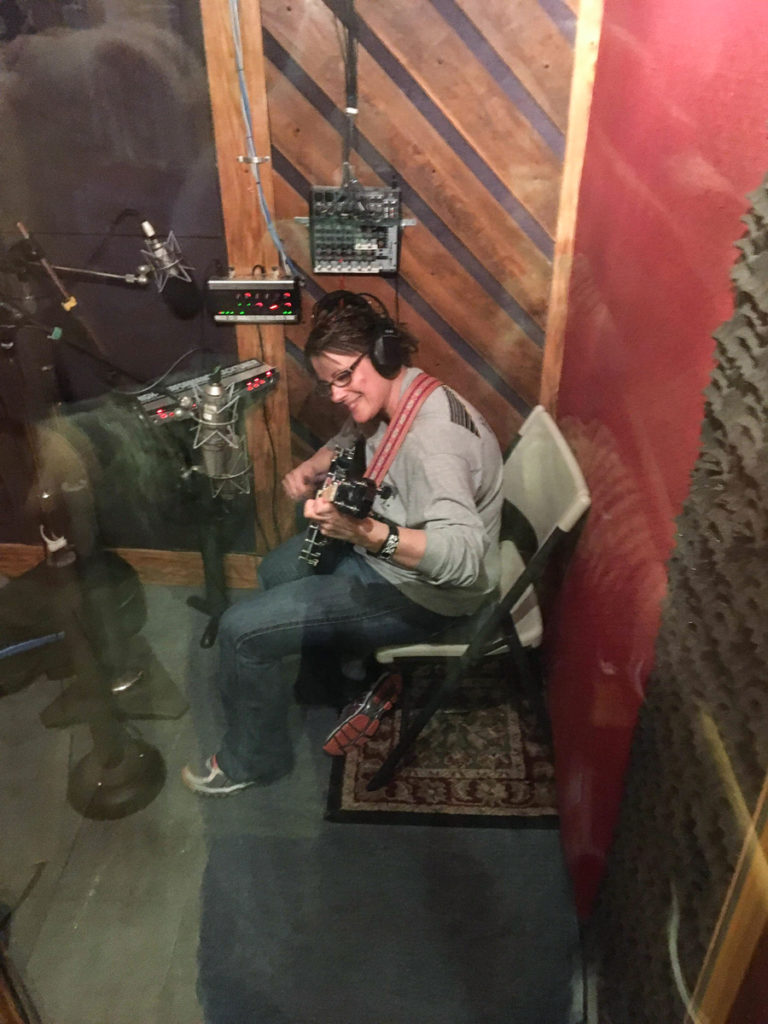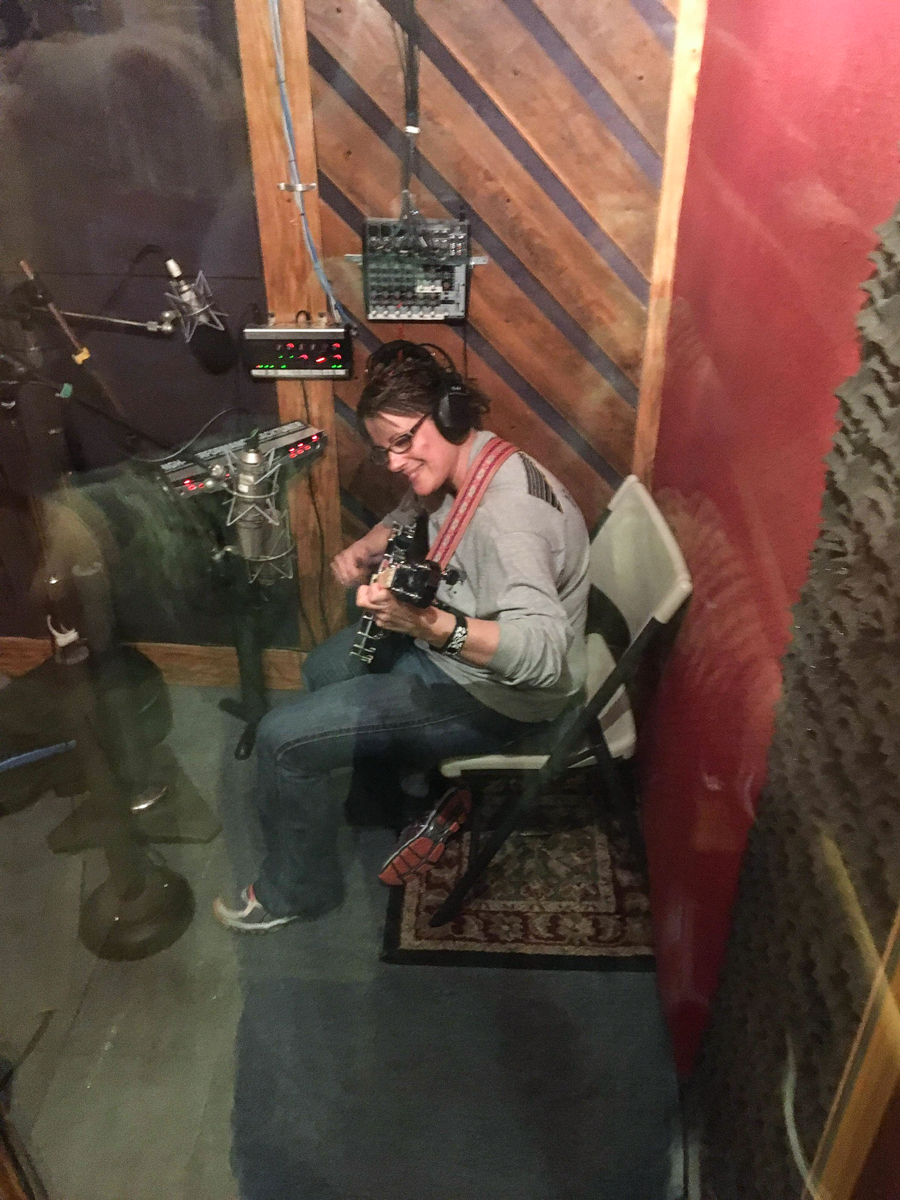For me, it all started on a Thursday night back in 1991. I had recently torn a ligament in my knee playing softball and felt restless and out of sorts; last doctor visit I’d had, my orthopedic surgeon suggested I take up playing an instrument. My grandparents Reeber and Norma Kilby took me with them to a jam session. I had been with them to the Whitetop Mountain festivals before, but – little did I know – this trip was different and it was going to change my life forever.
We arrived at the old Mill Creek store, near Rugby, Virginia. While there were lots of cars there, it didn’t really look like anything much, just an old, abandoned store building. Pretty soon musicians started to come in, everybody was talking, laughing, and having a big time; my grandparents seemed to know just about everybody there! This was the first time I’d been so close to music being played live. Shortly after the music got started, I focused on one lady’s banjo picking. Later I’d find out she was Dee-Dee Price, who was playing the banjo, clawhammer style. It was at that moment when inspiration hit and deep down, I knew that’s what I wanted to do…play the banjo.
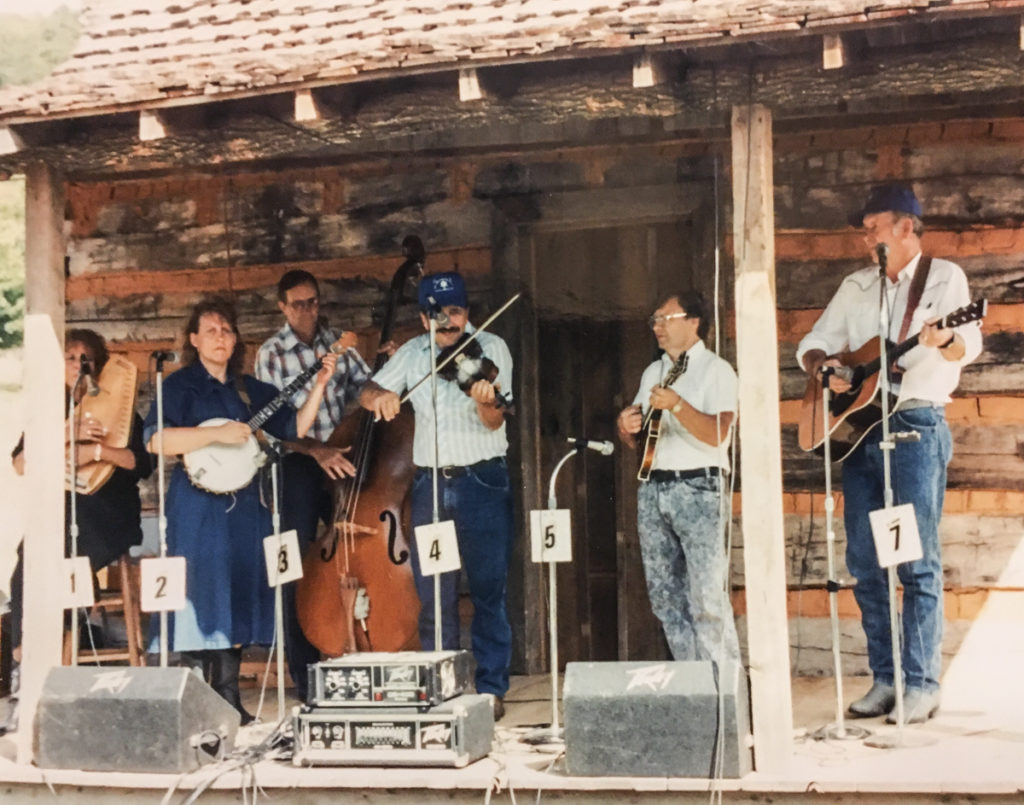
That night when I got home, I told my Mama and Daddy that I wanted to learn how to play the banjo. Week after week I went with my grandparents to the weekly jam session that we referred to as “The Music” and my interest continued to grow. I asked for a banjo for Christmas, and Mama and Daddy got me one.
Then came the hard part: learning how to play. I had all kinds of enthusiasm, but absolutely zero know-how. I clearly remember having the Christmas Time Back Home album on the record player and putting on some finger picks to try to play along. My cousin Dean Sturgill, a fiddler, and his wife Phyllis stopped by to visit that afternoon. I wanted to play clawhammer style, but I didn’t know that you didn’t wear picks to play that way. Dean took one look at what I was doing, let out a big laugh, and said, “Why young’un, you’ve got your picks on backwards! And if you want to play clawhammer, why, you don’t need any picks at all!”
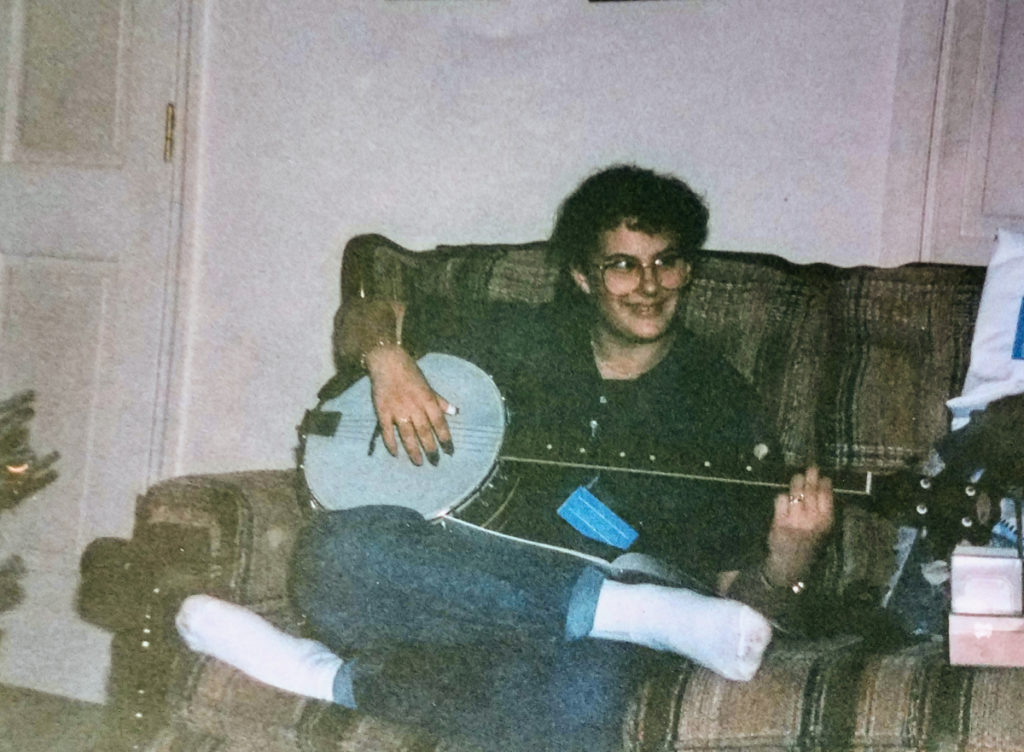
As a shy, backward, 14-year-old girl, I was struggling to learn how to pick. A book had come with the banjo, but I couldn’t get any understanding out if it. At the time I was growing up there were no traditional music programs around, except the Albert Hash Memorial String Band at Mount Rogers Combined School. As time passed, I got discouraged and practiced less, but I did still keep going to The Music with my grandparents.
In the summer of 1992, it was evident I needed someone to show me more things on the banjo. My family knew Thornton and Emily Spencer, and we were distantly related. After a chance meeting with Emily, a banjo lesson finally got set up for Wednesday, July 29, 1992.
For my first lesson, my Daddy took me to Thornton and Emily’s house. Everything Emily showed me that evening, I just soaked up. The first tune Emily taught me was “Cripple Creek,” which she recorded for me on a cassette tape, playing it real slow so I could have something to listen to when practicing. She also gave me the song written out in a tablature that looked like numbers with exponents. It proved to be a big help because there were so many things to concentrate on all at the same time! She and Thornton showed confidence in me, and this helped me have confidence in myself. At the end of the first lesson, I asked if I could come back the next Wednesday for another lesson. This was a turning point. Emily’s help and influence really made me feel like I could play this instrument.
The whole next week I practiced playing the banjo – I practiced in the bedroom, in the living room, and out on the front porch. By the next Wednesday, I could play a slow, but recognizable version of “Cripple Creek.” I went back to show Emily and Thornton my progress and ask for another song. This went on, week after week, until wintry weather came and we took a break from the lessons. She and Thornton were full of praise and encouraging words, and this helped me begin to establish a strong foundation in music.
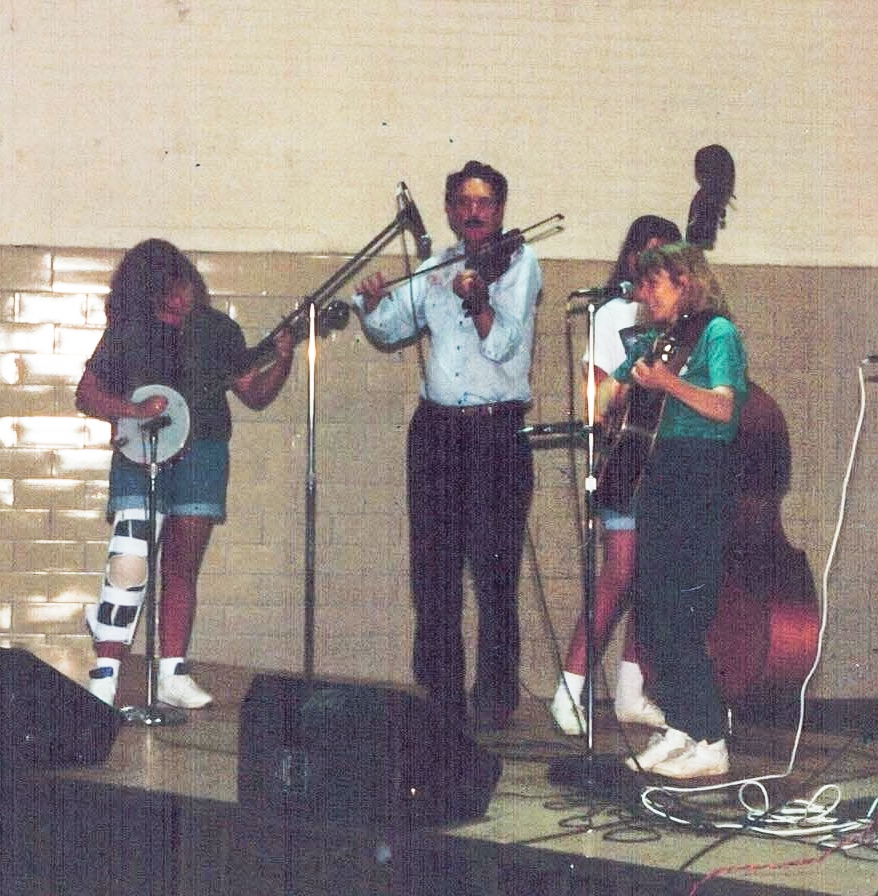
All the while I continued going to The Music, and soon I started to take my banjo with me. I finally found the courage to talk to Dee-Dee Price, the woman I had seen playing the banjo first. She was always nice, giving me pointers on playing tunes. After a while, when I could follow along with music, Dean would call out the chords to me so I could keep rhythm and play along with the group. Watching Dee-Dee play, along with Dean calling out the chords, helped me develop my timing and my ear.
In ways, this all seems like a long time ago, and in ways it seems like yesterday. Dee-Dee and Emily were my earliest influences on the banjo and both of them inspired me to play. Over the years in addition to Dee-Dee and Emily, I’ve been lucky to have many influences on my banjo playing including Howard Wallace, Wade Ward, Enoch Rutherford, Larry Pennington, and Harold B. Hausenfluck. I’m currently in my 40th year and I’m coming up on my 26th year of playing the banjo. Although I’ve been on several recordings in the past, I’m currently working on my first solo recording project which should be released in May. Check out my recording of “Cuttin’ the Cornbread” from that project here:
I truly feel that God has led me here. When the door to playing softball was shut, He opened the door to music.
Trish Kilby Fore plays the clawhammer banjo with various groups, including The Cabin Creek Boys, and is Assistant Director of the Galax-Carroll Regional Library. She is married to banjo builder Kevin Fore and lives near the Blue Ridge Parkway in Carroll County, Virginia.
